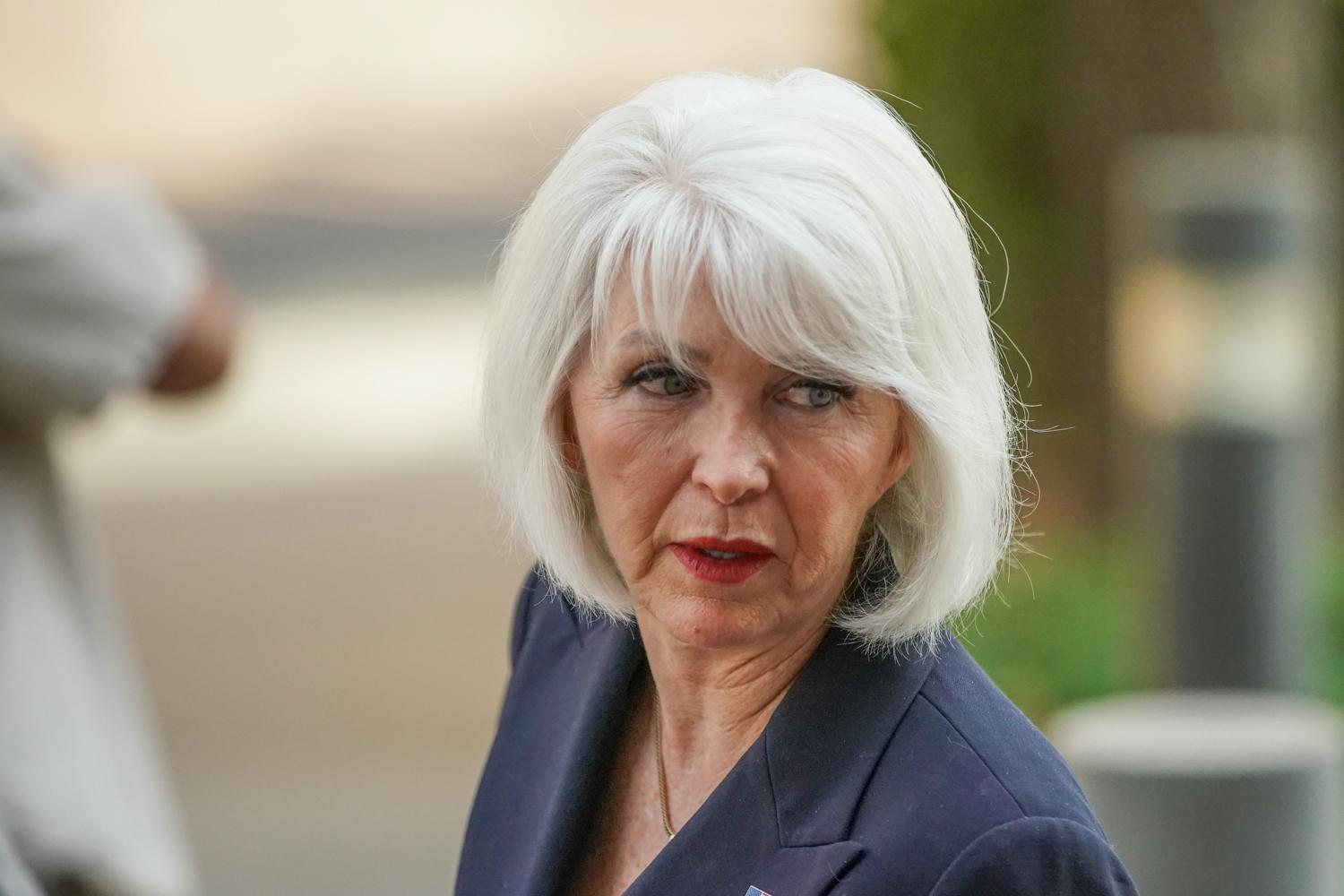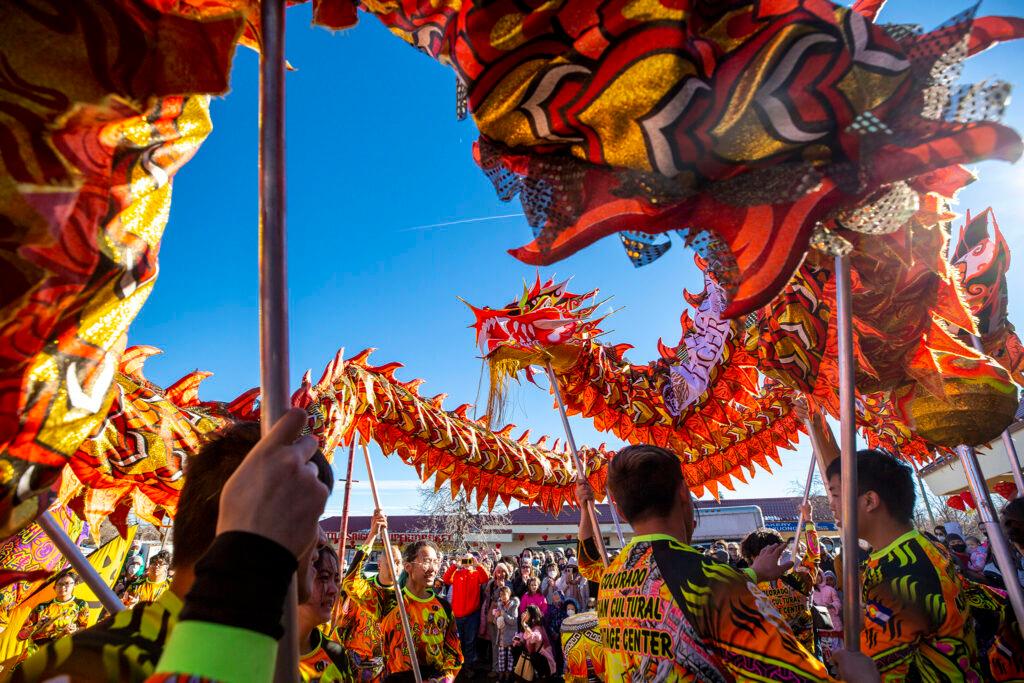
A new report released this spring takes an in-depth look into the diversity of Colorado’s Asian American, Native Hawaiian and other Pacific Islander populations.
The 84-page report, titled “The Colorado Lotus Project: A Statewide Look at the Strengths and Barriers Facing Colorado’s Asian American and Native Hawaiian and Other Pacific Islander Communities,” separates Colorado’s many groups into countries or regions of origin rather than grouping them all under the label “Asian.”
Much of its data – on topics like employment, length of time in the U.S., access to health insurance, physical and mental health – is presented to show differences between groups of people who’ve come to Colorado from countries considered “Asian.”
For example, statistics are presented for Hmong, Indian, and Indonesian Coloradans in separate categories. Although they could all technically be called Asian, the study aims to show that their experiences in Colorado are different.

It’s a way of presenting information that works for Kenneth Ho, 48, whose parents are Chinese immigrants. The real estate developer, who grew up in Rhode Island, lives in the Central Park neighborhood of Denver with his wife, who is part Korean and part white, and two teenage sons. He took a look at the study at the request of CPR and liked what he saw.
He said in an interview that he grew up with people applying the “model minority” stereotype to him, expecting him to be nerdier than he feels that he is.
Athletic and 5 feet 10 inches with chiseled cheekbones, he said that people didn’t think he looked the way they expected him to. “I don't fit into a box that they have for someone who is Asian American or that they're trying to categorize in a very simple way,” he said, adding that when he was a grad student in North Carolina, he remembers once being asked: “What kind of Chinese are you?”
He's also faced stereotypes about the Chinese community based solely on his appearance.
"Often, people assume that I'm either of mixed heritage, half white and half Asian, or that I'm Korean,” he said, noting that people have a certain image of how recent Chinese immigrants look.
A study where his uniqueness as a Chinese-American, and not only an Asian, is recognized, is, to him, a good thing.
“I think very much you measure what matters, and if you're not measuring at a level that provides you with data that's useful, then you're missing a lot,” he said. “It always struck me as interesting that approximately 60% of the world's population could be considered Asian. And to lump that all together . . . was curious to me because I think that there's just a lot of difference.”
Ho’s reaction to the study is in line with the report’s goals which are stated in the project “to understand the unique experiences of the people who are included in this descriptor across areas like health, housing, civic engagement, and many more.”
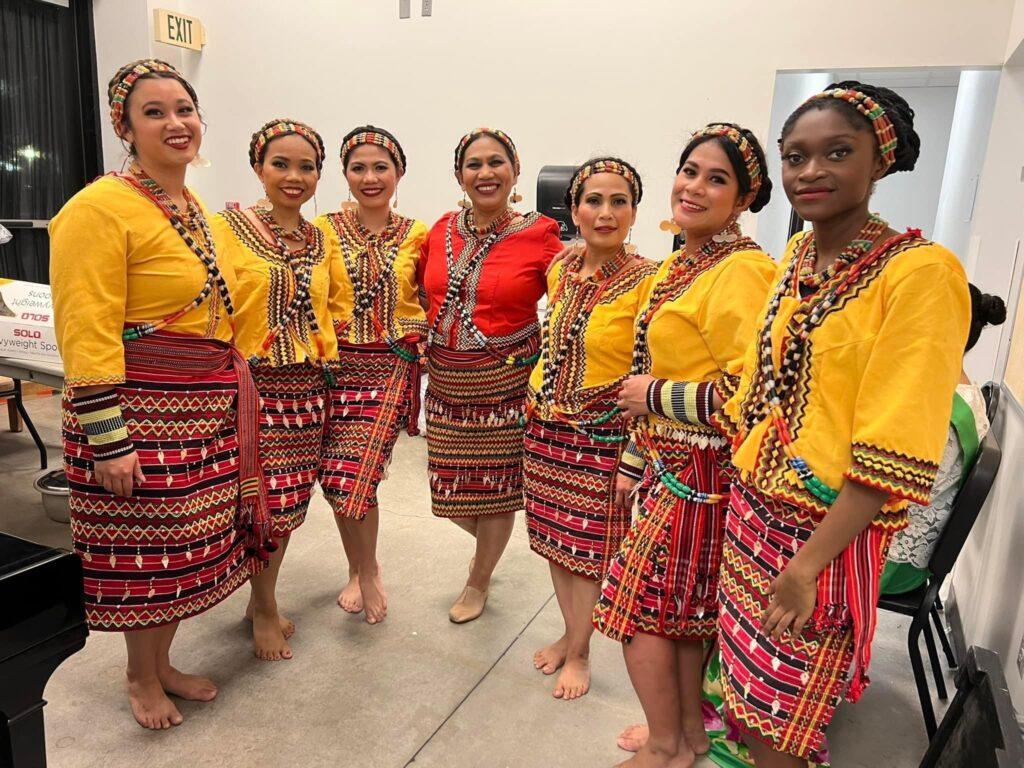
The study categorizes Colorado’s Asian people into geographical regions, and then breaks them down further, by country or island group. East Asia refers to countries including China and the island nation of Taiwan; South Asia includes Nepal, the focus of an exhibit that opened last month at the Aurora History Museum, as well as India and Pakistan. Southeast Asia’s well-known countries include Cambodia and Thailand. The “Native Hawaiians and Other Pacific Islanders” category includes Micronesia and Polynesia, as well as less commonly known places like Yap, an island group in the western Pacific Ocean.
The study found that in 2021, there were about 260,000 Asians from dozens of countries and island chains living in Colorado, making up around 4% of the population. About 6,700 are of Nepalese descent, placing them in the middle range of Colorado’s Asian populations. The smallest groups are Okinawans and Marshallese, both numbering fewer than 200 people in 2021.

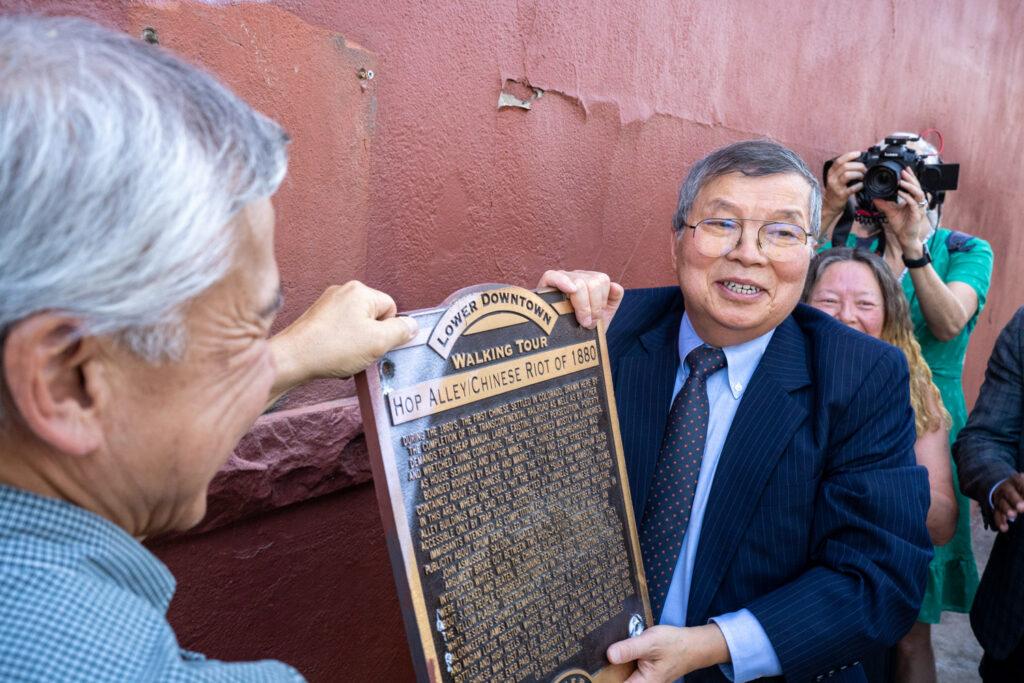
The largest Asian group in Colorado is Chinese, at about 47,000, followed by Filipino, Indian, Korean, and Vietnamese populations, each ranging between 34,000 and 38,000.
Native Hawaiian and Thai descendants comprise a population size similar to that of Nepalese descendants, at 8,500 and 6,000 respectively, the report states.
In terms of income, some Asian subgroups in Colorado fare better than the Colorado average. The survey found that while the Nepalese population has a median household income close to that of state average ($75,000 vs. $80,000 respectively), two Asian subgroups have median household incomes exceeding the Colorado average by 20% or more.
Indians in Colorado had a median household income of $126,000 in 2021, and Laotians had a median household income of $103,000. Other groups, including Hmong, Filipino, Indonesian, Chinese, Japanese, and Vietnamese, also earned more than the Colorado average, with median household incomes ranging from $80,000 to $97,000 in 2021, according to the study.
“[W]e break down the idea that AANHPI communities are a monolith, highlighting just how different the AANHPI diaspora in Colorado really is,” the report states. “We come from very different places and have very different experiences.”
One of the differences Ho noticed was the report’s look at home ownership, identifying some Asians in Colorado tending to own homes in greater numbers than others, and breaking out some health disparities to show differences in those areas as well.
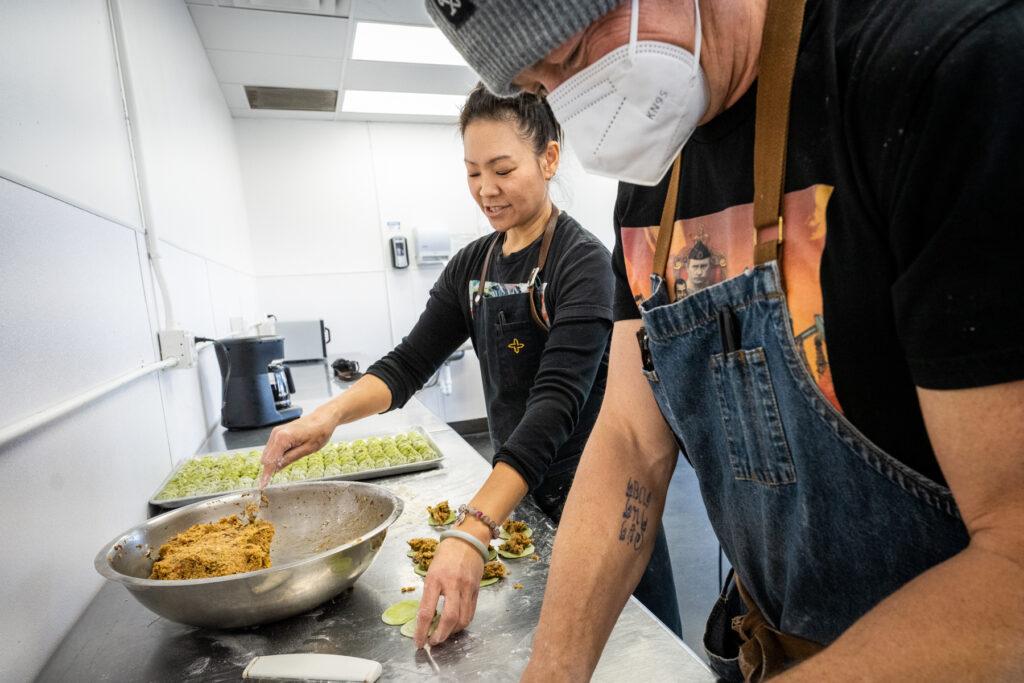
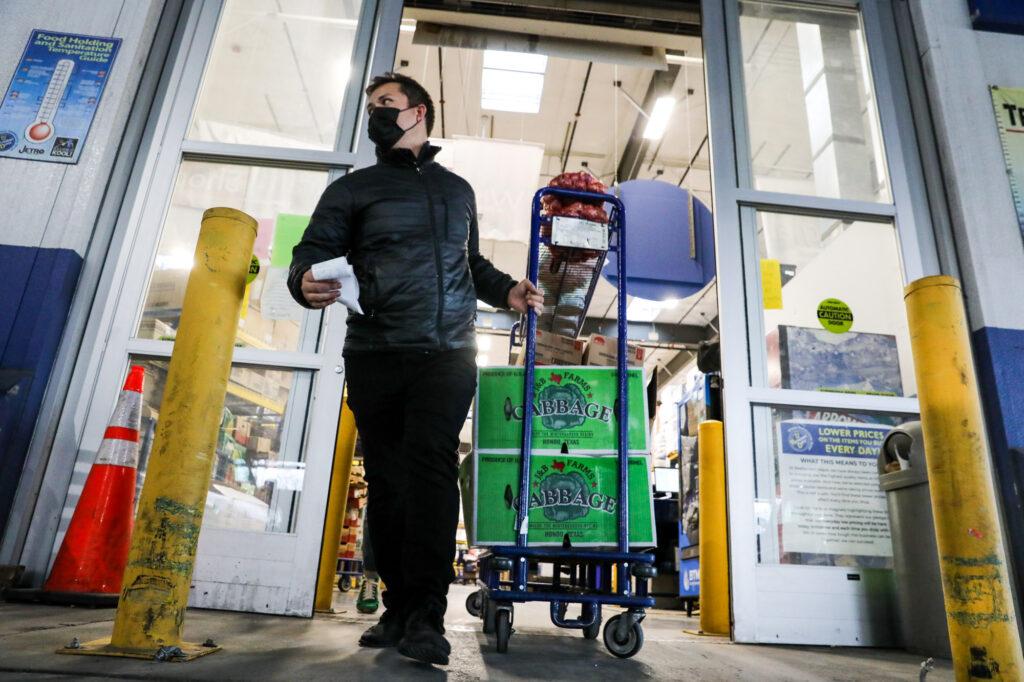
“I appreciated that the report broke that out and noted that Asian Americans – and I'll just use that as a simple term – have the greatest disparity within in terms of financial health and outcomes of any minority group. And I think that's probably because it's probably the most diverse group out there.”
Reporting on such a diverse population as one group, he said, would be like “lumping apples, oranges, pineapples, and bananas together.”
He also said that it was interesting to see the subtle nuances between groups reflected in graphics and words alike. “Those differences are important, especially when you're talking about what are the problems facing these different communities. How do you communicate and reach out to them? Because there are very different cultural norms, obviously very different languages, different religions.”
And some Asian people, the study finds, are not doing better than others, a reality that might, without disaggregation, be ignored. “If you lump the entire community together, you may say that we're doing well, but that ignores the significant amount of challenges that our community faces... I think that whether it's mental health, substance abuse, financial issues, our community suffers just like all other communities do.”







